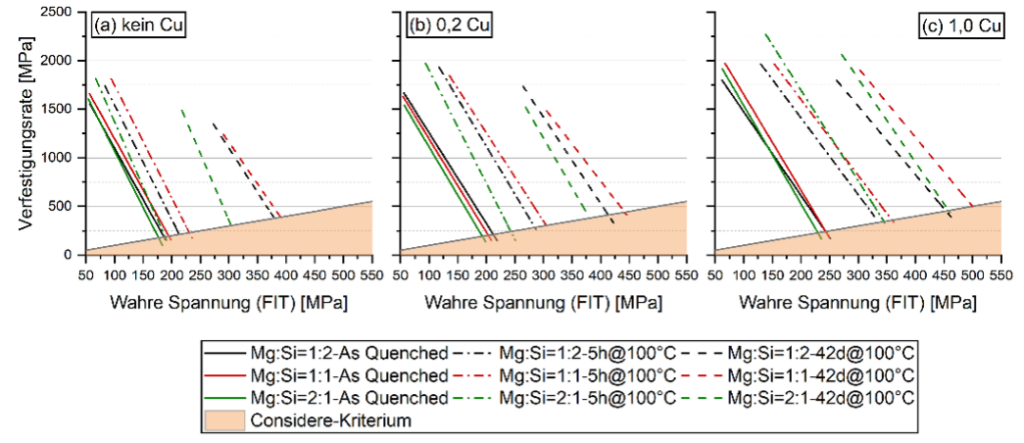Project monitoring:
Dipl.-Ing. Philip Aster
Univ.-Prof. Dipl.-Ing. Dr.mont. Stefan Pogatscher
The low density, wide strength spectrum and extensive application of forming and working processes are just some of the reasons why aluminum alloys are used in so many areas. In addition, minimizing energy consumption is a driving force for the use of lightweight materials such as aluminum. The ongoing conflict in the automotive industry between achieving maximum strength while maintaining high formability has led to an ever-improving understanding of the precipitation sequences of age-hardenable 6xxx and 7xxx series aluminum alloys.
Clusters form the basic building units of precipitation and age hardening. It is a local accumulation of alloying atoms with no discernible structure or order, which represents the first step of the precipitation sequence in the course of age hardening and thus characterizes the first hardening phase. The yield strength of alloys strengthened in this way is mainly controlled by the interaction between dislocations and solute atoms as well as clusters. This is the central aspect of the present work. Understanding the influence of atomic clusters is a key issue in order to more effectively control the strength as well as the formability of alloys both during their processing and during their service life.



